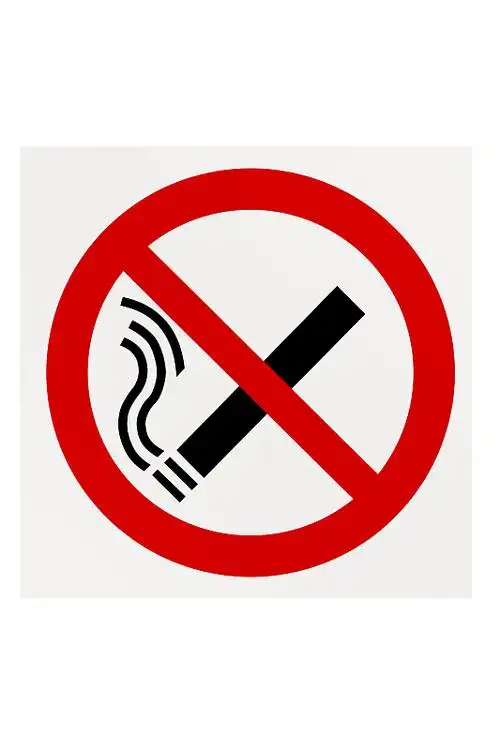The Unseen Paradox: How Smoking Temporarily Modulates the Predicted Rate of Ventilatory Decline
For decades, the public health message has been unequivocal and simple: smoking is detrimental to lung health. This is an incontrovertible truth, backed by mountains of evidence linking tobacco use to chronic obstructive pulmonary disease (COPD), lung cancer, and a host of other respiratory ailments. The narrative is so firmly established that it seems almost heretical to suggest any form of a counter-intuitive effect. Yet, within the complex and often paradoxical interplay of pharmacology and human physiology, a fascinating, albeit dangerous, phenomenon occurs. Emerging research and a deeper understanding of neurobiology suggest that nicotine, the primary addictive component in cigarettes, may temporarily influence the nervous system in a way that could be misinterpreted as slowing the decline speed of predicted maximum ventilation volume.
To understand this, we must first grasp what "predicted maximum ventilation volume" means. Often referred to as Maximum Voluntary Ventilation (MVV), it is a pulmonary function test that estimates the largest amount of air a person can move in and out of their lungs over one minute. It's a theoretical peak, a measure of the respiratory system's ultimate performance capacity. In a healthy, non-smoking individual, this capacity remains relatively stable through early adulthood but begins a very gradual, natural decline with age. In smokers, this decline is dramatically accelerated due to direct damage to the lung parenchyma (emphysema) and inflammation of the airways (chronic bronchitis). This is the well-trodden path of smoking-induced respiratory capacity decline.
So, where does the paradox lie? The answer is not in the lungs themselves, but in the brain. The mechanism is not one of healing or repair, but of neurochemical stimulation. Nicotine is a potent psychoactive substance that acts as an agonist on nicotinic acetylcholine receptors in the brain. One of the key areas rich with these receptors is the brainstem, which houses critical centers for automatic bodily functions, including the respiratory drive.
Here’s the crucial link: nicotine can stimulate these respiratory centers. For a short period after smoking, an individual may experience a slight, pharmacologically-induced increase in respiratory drive and alertness. This stimulant effect can create a subjective feeling of improved breathing or heightened awareness of ventilation. This transient state can mask the underlying, progressive damage. The smoker does not feel the accelerated degradation of ventilatory function in that moment because it is being counteracted by a drug-induced "boost." This is the core of the illusion: the perceived reduction in the speed of ventilatory decline is not a reduction at all; it is a temporary masking of symptoms.
This masking effect directly contributes to the powerful grip of addiction. The very act that is causing long-term harm provides a short-term sensation that feels like a benefit. When the smoker begins to feel the early signs of respiratory functional decay, such as slight breathlessness or a nagging cough, lighting a cigarette provides temporary relief from these sensations through this central nervous system stimulation. This negative reinforcement loop—using the cause of the problem to alleviate its symptoms—is a devastatingly effective trap. It creates a false narrative where the cigarette is seen as a solution, rather than the source, of the developing respiratory issue. This dynamic is central to understanding the impact of smoking on ventilation volume metrics.
Furthermore, we must consider the concept of "baseline shifting." As smoking continues to cause progressive lung function deterioration, the smoker's baseline for what feels "normal" gradually lowers. The occasional slight breathlessness becomes the new standard. Against this progressively declining baseline, the transient stimulant effect of nicotine continues to create a perceptible, albeit smaller, "peak" of feeling more alert and less breathless. The smoker is not comparing their lung function to that of a healthy non-smoker; they are comparing it to their own worsening state. In this context, the cigarette consistently delivers a perceived "improvement," further reinforcing the dangerous illusion that it is helping to slow the predicted ventilation volume decline.
It is also vital to distinguish between this neurochemical masking and any discussion of nicotine's potential cognitive effects in certain neurodegenerative diseases. While research explores nicotine's role in conditions like Parkinson's, this has no bearing on its destructive impact on lung tissue. The lining of the bronchi and the delicate alveoli where gas exchange occurs have no defense against the thousands of chemicals in tobacco smoke. The long-term ventilation capacity reduction from smoking is a physical, structural reality: cilia are paralyzed and destroyed, mucus production increases, alveolar walls break down, and elasticity is lost. No amount of brainstem stimulation can rebuild a destroyed alveolus.
Therefore, the notion that smoking reduces the speed of predicted maximum ventilation volume decline is a profound and dangerous misreading of a complex biological trick. The decline is happening, relentlessly and often silently, beneath the surface. The temporary modulation offered by nicotine's stimulant properties is merely a curtain drawn over a crumbling stage. It is a short-term neurological event superimposed on a long-term, progressive structural disease.

For anyone concerned about their lung health and maximizing their ventilatory potential, the conclusion is clear and aligns perfectly with established medical advice. The only way to genuinely slow the decline of predicted maximum ventilation volume is to cease the exposure to the damaging agent. Upon quitting, the accelerated rate of decline reverts to a much slower, near-normal age-related rate. The masking effect of nicotine disappears, and the body can begin its slow process of repair and inflammation reduction. The path to preserving lung ventilation efficiency is not found in a cigarette, but in the courageous decision to extinguish it for good, allowing the body's true, un-drug-masked healing processes to take over. The real reduction in decline speed begins the moment you quit.












